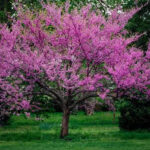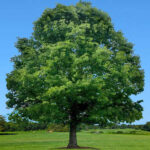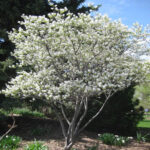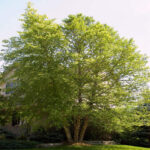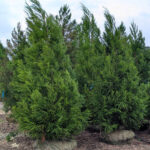Healthy gardens start from the ground up. Type of soil matters as it plays a huge role in how well plants establish, grow, and thrive. By matching plants to your soil conditions, you’ll set your landscape up for long-term success with less maintenance.
Why Type of Soil Matters
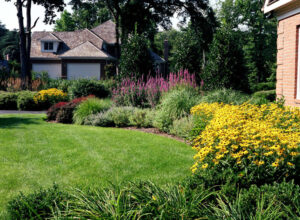 Soil plays a critical role in plant health, with its unique characteristics shaping how well plants grow and thrive. Drainage varies widely—some soils hold water for long periods, while others dry out quickly, influencing moisture availability for roots. Nutrient levels also differ, as certain soils are naturally rich and fertile, while others require amendments to support vigorous growth. Finally, root development depends heavily on soil texture and structure, which determine how easily roots can spread, anchor, and access the resources they need. A clear understanding of these factors helps guide better planting and management decisions.
Soil plays a critical role in plant health, with its unique characteristics shaping how well plants grow and thrive. Drainage varies widely—some soils hold water for long periods, while others dry out quickly, influencing moisture availability for roots. Nutrient levels also differ, as certain soils are naturally rich and fertile, while others require amendments to support vigorous growth. Finally, root development depends heavily on soil texture and structure, which determine how easily roots can spread, anchor, and access the resources they need. A clear understanding of these factors helps guide better planting and management decisions.
Clay Soil: Heavy but Nutrient-Rich
Clay soils are dense, slow-draining, and prone to compaction. While challenging, they’re often rich in minerals and nutrients. Plants with strong, adaptable root systems thrive here.
Best Plant Choices: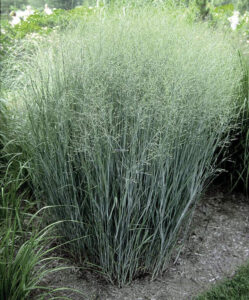
Redtwig Dogwood (Cornus sericea) – Loves moist soil and adds brilliant red winter stems.
River Birch (Betula nigra) – Thrives in heavy, damp soils; peeling bark adds winter interest.
Switchgrass (Panicum virgatum) – Native grass tolerant of clay and wet conditions.
Daylilies (Hemerocallis) – Hardy, adaptable perennials that handle clay well.
Black-Eyed Susan (Rudbeckia fulgida) – Colorful, resilient, and unfazed by compact soil.
Virginia Sweetspire (Itea virginica) – A shrub that handles wet clay and provides fragrant summer flowers.
Tips: Add compost to improve structure, and avoid working clay when wet to reduce compaction.
Sandy Soil: Fast-Draining but Low in Nutrients
Sandy soils are light and easy to dig but dry out quickly and leach nutrients. Plants must tolerate drought and benefit from organic amendments to hold moisture.
Best Plant Choices: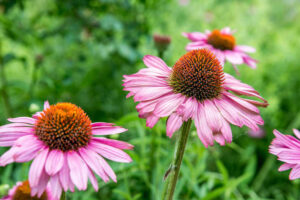
Lavender (Lavandula angustifolia) – Thrives in hot, dry, sandy conditions; fragrant blooms attract pollinators.
Butterfly Weed (Asclepias tuberosa) – A drought-tolerant native critical for monarch butterflies.
Russian Sage (Perovskia atriplicifolia) – Silvery foliage and airy purple blooms in sandy soils.
Coneflower (Echinacea purpurea) – Tough native perennial that tolerates dry, sandy beds.
Pine Trees (Pinus spp.) – Naturally adapted to sandy soils; excellent for windbreaks.
Sedum (Sedum spectabile) – Succulent foliage thrives in lean, well-drained sites.
Tips: Mulch generously to hold moisture, and add organic matter to boost fertility.
Loam Soil: The Gardener’s Dream
Loam is the ideal mix of sand, silt, and clay. It drains well but holds moisture, provides nutrients, and allows for strong root growth. Most landscape plants thrive here.
Best Plant Choices:
Hydrangea (Hydrangea macrophylla) – Loves the balance of moisture and nutrients loam provides.
Coneflower (Echinacea purpurea) – Long-lasting blooms in nutrient-rich loam.
Boxwood (Buxus spp.) – Dense evergreen structure works beautifully in loam soils.
Thuja ‘Green Giant’ (Thuja standishii × plicata) – Rapid growth and year-round screening in loamy ground.
Hostas (Hosta spp.) – Bold foliage thrives in evenly moist, fertile loam.
Japanese Maple (Acer palmatum) – Prefers loamy, well-drained soil for best color and form.
Tips: Protect soil health by mulching, avoiding compaction, and rotating organic matter into garden beds.
How to Identify Your Soil
Squeeze Test: Clay feels sticky, sand feels gritty, loam feels smooth and crumbly.
Drainage Test: Dig a hole, fill it with water, and time how long it drains. Slow = clay; rapid = sand; moderate = loam.
Final Thoughts on Why Soil Matters
Every soil type has strengths and weaknesses — and the right plants to go with it. Clay, sandy, or loamy, your garden can thrive when you match plants to their preferred conditions. By working with your soil instead of against it, you’ll enjoy healthier, more resilient landscapes year-round.
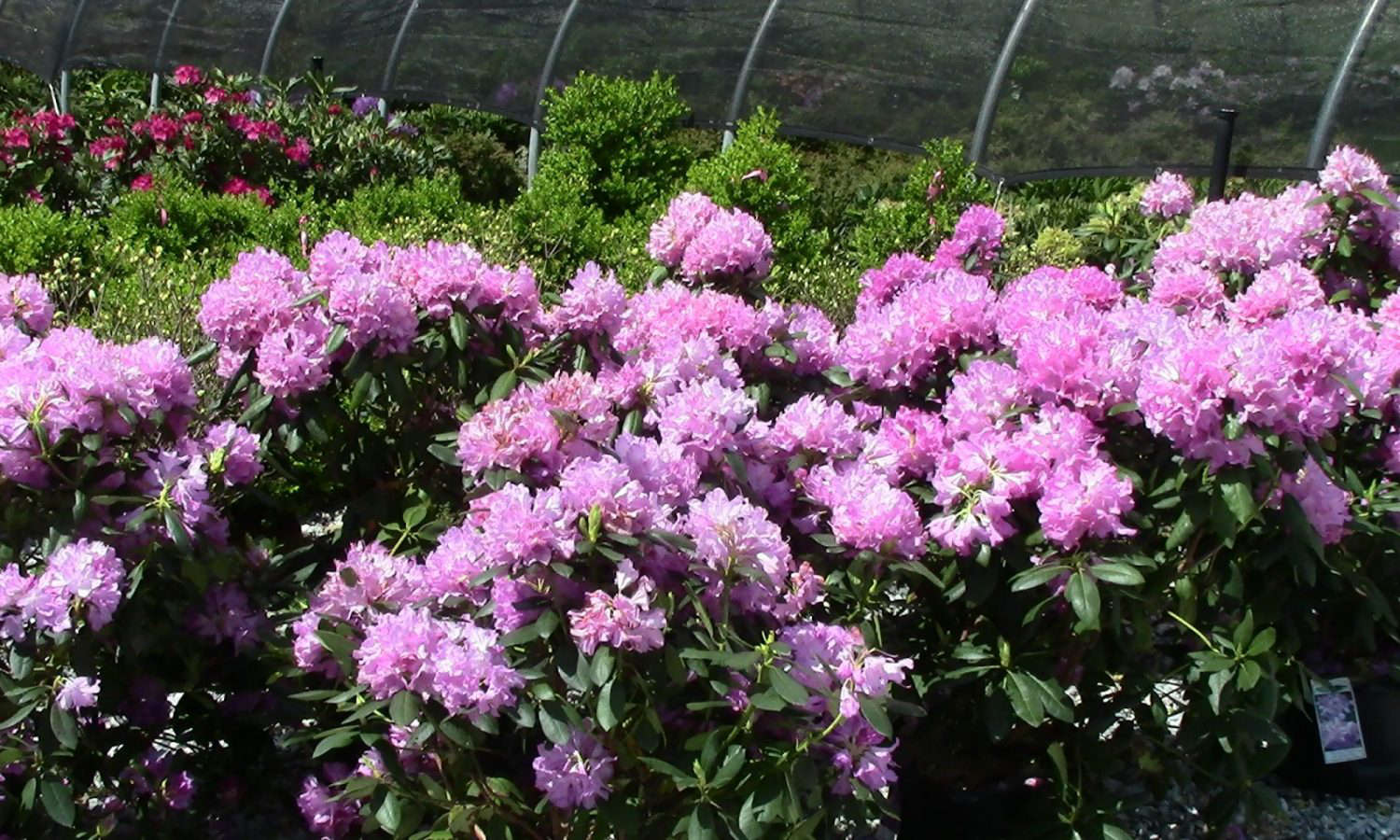

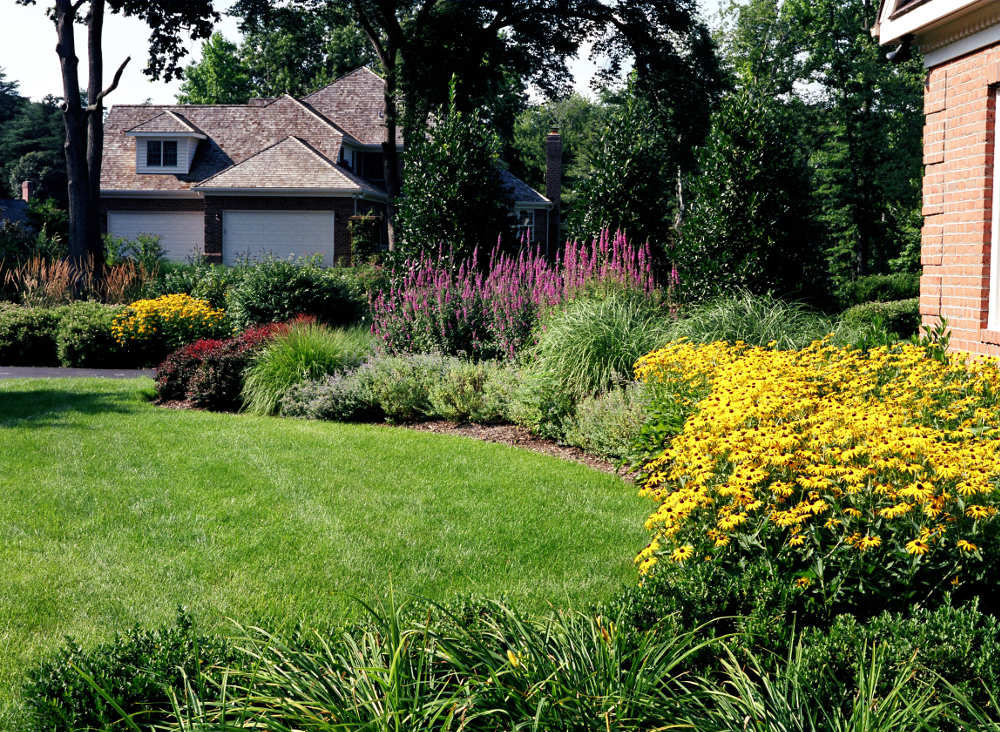
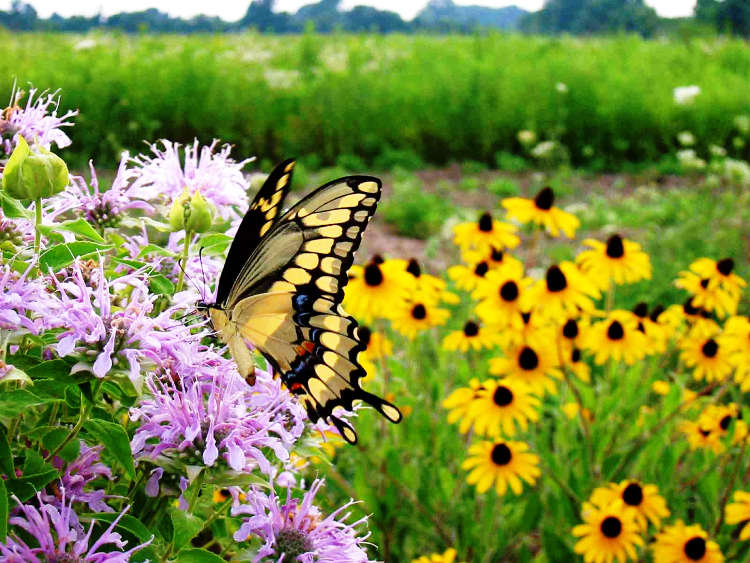
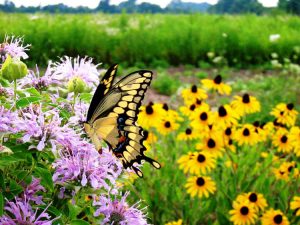 Pollinators like bees, butterflies, and hummingbirds play a vital role inhealthy ecosystems — and in keeping your garden thriving. By planting the right pollinator friendly perennials, you can create a beautiful landscape that supports pollinator populations while adding color and texture to your yard.
Pollinators like bees, butterflies, and hummingbirds play a vital role inhealthy ecosystems — and in keeping your garden thriving. By planting the right pollinator friendly perennials, you can create a beautiful landscape that supports pollinator populations while adding color and texture to your yard.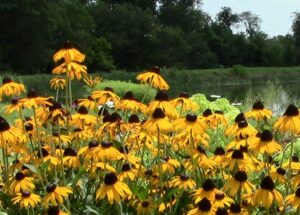 Rudbeckia (Black-Eyed Susan)
Rudbeckia (Black-Eyed Susan)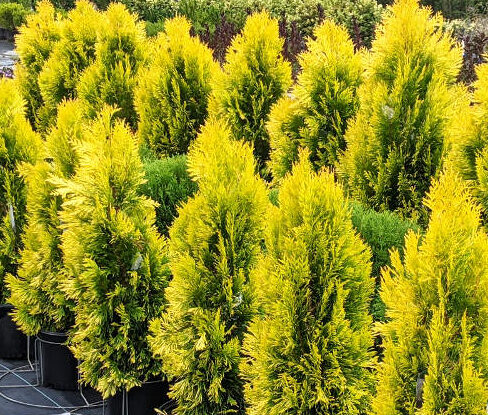
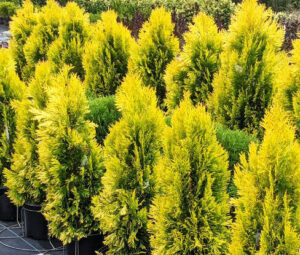 A well-designed landscape shouldn’t fade into the background when temperatures drop. Winter is the perfect time to highlight structure, bark, berries, and evergreen foliage. By choosing interesting winter plants that shine in the colder months, you can keep your garden attractive year-round.
A well-designed landscape shouldn’t fade into the background when temperatures drop. Winter is the perfect time to highlight structure, bark, berries, and evergreen foliage. By choosing interesting winter plants that shine in the colder months, you can keep your garden attractive year-round.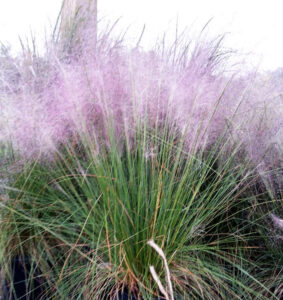
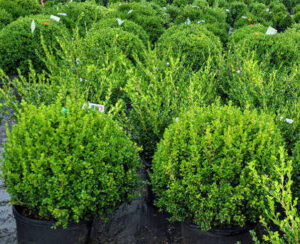
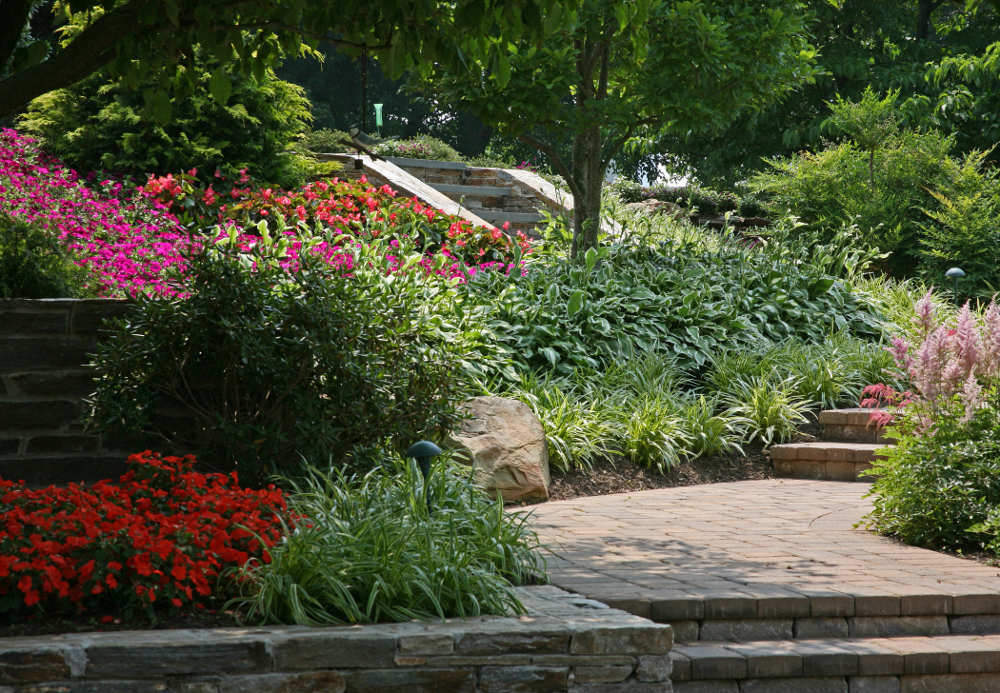
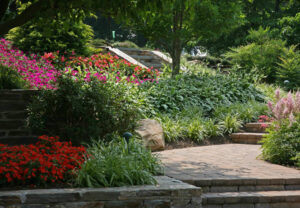
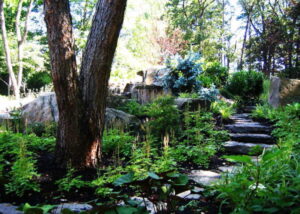
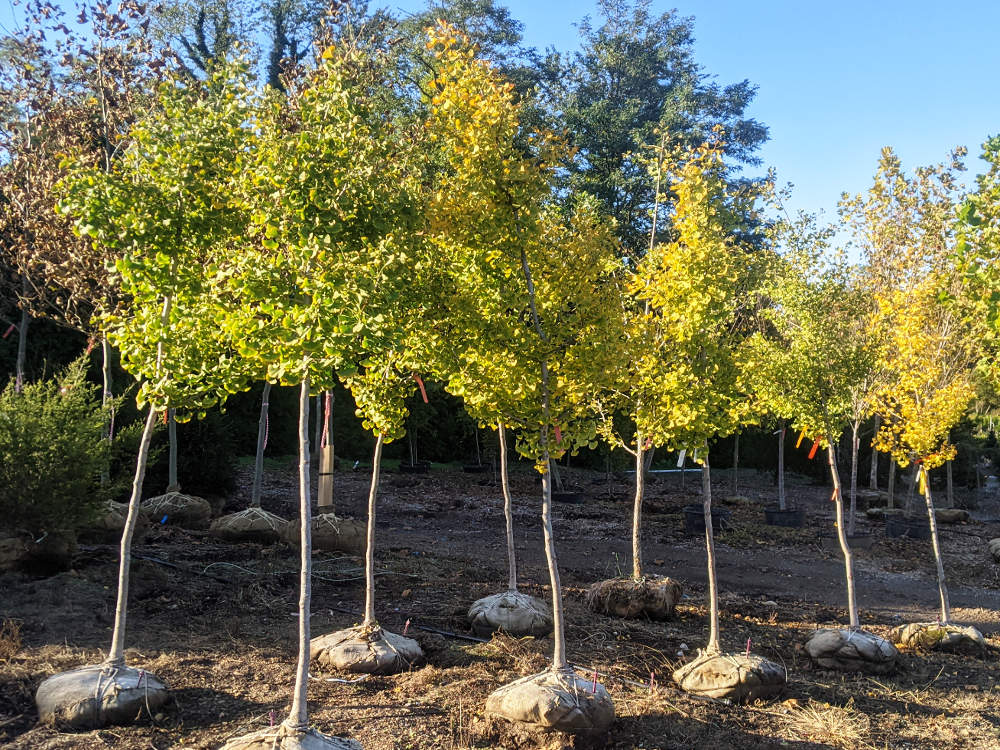
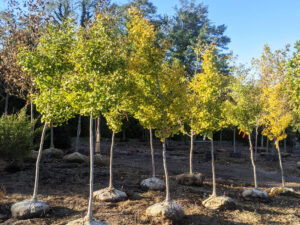 brought there by people. They are species that have adapted over time to the local climate, soil, and wildlife. These trees play an important role in supporting the natural balance of that area.
brought there by people. They are species that have adapted over time to the local climate, soil, and wildlife. These trees play an important role in supporting the natural balance of that area.